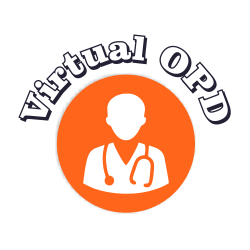Cerebral Palsy (CP) is defined as a non progressive disorder of the brain that leads to an inability in performing movements due to lack of muscle coordination or excessive tightness of the muscles. The Cerebral Palsy doesn’t worsen over time (non-progressive). However, the limb or part associated with that damaged part, may experience a steady loss of function as the child grows. These regions may not develop as compared to the other parts of the body.
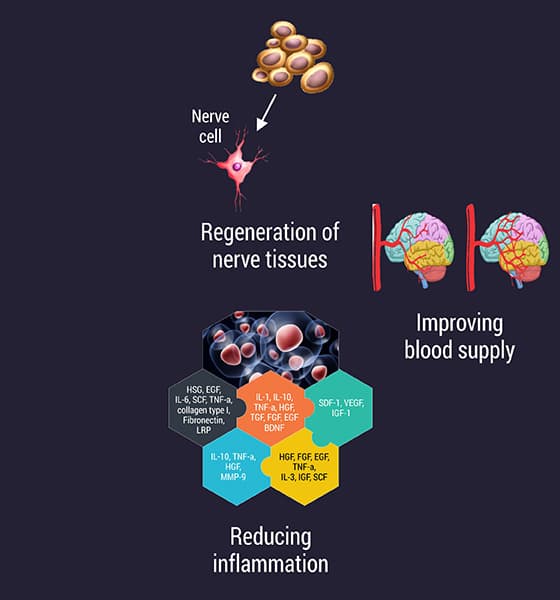

Until recent times, it was assumed that brain damage at the time of birth can have permanent repercussions. However, it has been proven through studies on nervous tissue regeneration, that it is possible to repair the damaged brain tissues to an extent. bone marrow-derived cells obtained from various sources can be used for cell therapy in Cerebral palsy to repair this damage.
Our approach for Cellular Therapy in NeuroGen Brain & Spine Institute uses autologous bone marrow derived mononuclear cells for transplantation. These transplanted bone marrow-derived cells have the capability to migrate to the damaged part of the brain and settle in the affected areas to help repair it. They release certain trophic factors that heal the injury and make a distinction of several types of cell types of the nervous system like oligodendrocytes, glial cells and other cells of the nervous system.
92.6% patients treated at NeuroGen BSI for cerebral palsy with cell therapy in Mumbai, have experienced positive improvements. NeuroGen follows a holistic approach of neuroregenerative rehabilitative therapy, with the highest number of patients treated with cell therapy in India,
Autologous bone marrow derived mononuclear cells are used for cerebral palsy treatment in India. During cell therapy in NeuroGen Brain & Spine Institute, these cells migrate to the damaged part of the brain and settle in the affected areas to help repair it. They release certaintrophic factors that heal the injury and make a distinction of several types of cell types of the nervous system like oligodendrocytes, glial cells and other cells of the nervous system.
We record the positive improvement of our patients after cell therapy at NeuroGen with both symptomatic and clinical scans. After the patient undergoes cerebral palsy treatment in India, we monitor the changes in their brain metabolism as via their PET-CT scans.
STATISTICS OF OVERALL IMPROVEMENTS IN PATIENTS AFTER CELL TREATMENT FOR CEREBRAL PALSY IN MUMBAI
92.6% patients showed symptomatic improvement
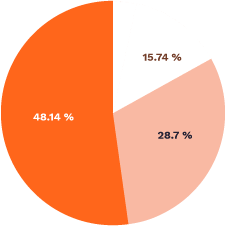

Improvements seen after cerebral palsy
of treatment in Mumbai, India
Significant improvements
Mild improvements
Fair improvement

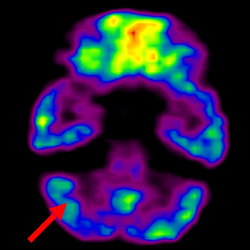
Pre Cell Therapy PET CT scan shows the blue/black area in the neural tissue indicating the damage that occurs to the brain due to cerebral palsy.

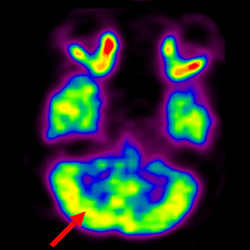
Post Cell Therapy there is a reduction in the blue and the black areas and more active areas are seen. This indicates reduction in damage and improved brain function.

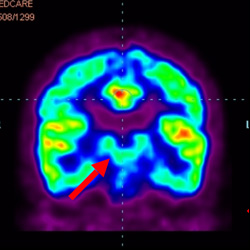
Pre Cell Therapy PET CT scan shows the blue/black area in the neural tissue indicating the damage that occurs to the brain due to cerebral palsy.

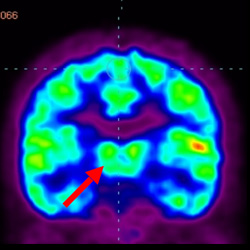
Post Cell Therapy there is a reduction in the blue and the black areas and more active areas are seen. This indicates reduction in damage and improved brain function.

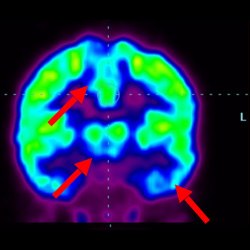
Pre Cell Therapy PET CT scan shows the blue/black area in the neural tissue indicating the damage that occurs to the brain due to cerebral palsy.

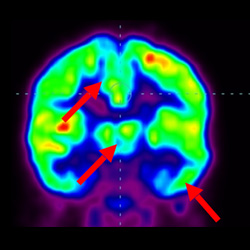
Post Cell Therapy there is a reduction in the blue and the black areas and more active areas are seen. This indicates reduction in damage and improved brain function.

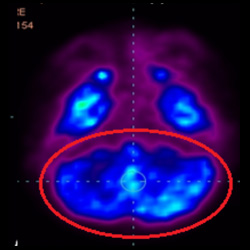
Pre Cell Therapy PET CT scan shows the blue/black area in the neural tissue indicating the damage that occurs to the brain due to cerebral palsy.

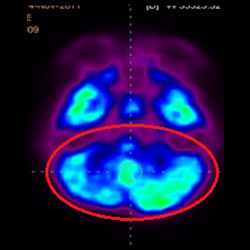
Post Cell Therapy there is a reduction in the blue and the black areas and more active areas are seen. This indicates reduction in damage and improved brain function.

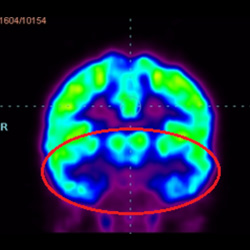
Pre Cell Therapy PET CT scan shows the blue/black area in the neural tissue indicating the damage that occurs to the brain due to cerebral palsy.

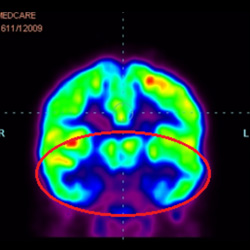
Post Cell Therapy there is a reduction in the blue and the black areas and more active areas are seen. This indicates reduction in damage and improved brain function.

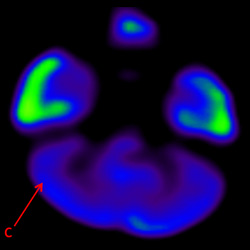
Pre Cell Therapy PET CT scan shows the blue/black area in the neural tissue indicating the damage that occurs to the brain due to cerebral palsy.

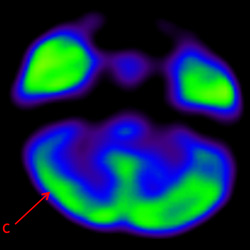
Post Cell Therapy there is a reduction in the blue and the black areas and more active areas are seen. This indicates reduction in damage and improved brain function.
A treatment plan for Cerebral Palsy cannot be exactly the same for all CP children. Patients tend to show greater improvement after their cell therapy for cerebral palsy, with subsequent rehabilitation. Whether traditional, or unconventional, they have to be personalised. This personalisation can only be achieved with a thorough evaluation of the child. However, it is imperative that the following therapies be followed religiously after cell therapy for cerebral palsy, for the best possible outcome!
Yes, there are several medical aids available which may help your child live a better quality of life, however, no cure has yet been discovered for brain damage which occurs in Cerebral Palsy.
Even though Cerebral Palsy is a non-progressive condition, without corrective measures and interventions, further complications may occur in a child with cerebral palsy, such as infections, permanent physical deformities, etc.which could seriously further hamper quality of life.
In cerebral palsy, often, the child faces lack of nutrition due to poor oral motor skills such as chewing or swallowing, along with lack of voluntary limb movement. Hence, there is a generalised weakness of muscles. These muscles become stiff or spastic, over time due to lack of movement. The rapid growth of bones, as compared to muscle growth is also the main cause of contractures in the long term.
The answer to this question varies with every case. But in general, a child with mild Cerebral Palsy can learn to walk independently and a child with moderate Cerebral Palsy may need external aid. Child with severe Cerebral Palsy however is generally wheelchair bound.
The answer to this also varies based on the severity of the brain damage. While some children with cerebral palsy may not face any difficulties, others may be slow to grasp. A speech therapist can help with learning to speak and other forms of communication
Appropriate guidance and encouragement, clubbed with physical therapy and occupational therapy can make it possible for a child with Cerebral Palsy to be independent. A child with a mild case of Cerebral Palsy can attain independence a lot more easily than a child with a severe case. As a parent, you play the most important role here.
Most children develop behavior problems as an outlet to their frustration. This development entirely depends upon the case specifically. A clinical psychologist can help with examining and encouraging a feel good factor.
Yes, most children with cerebral palsy lead a good life expectancy. However, children with moderate to severe brain damage also suffer from comorbid symptoms such as epilepsy and run a risk of a reduced life expectancy.
Studies have revealed that there is a 6-9 fold increase, in case of an affected sibling during pregnancy complications or complications at birth. “6-9 fold” appears large in terms of percentage; but it translates to an incidence of 0.6-1%. With due precautions for the preventable causes, this incidence can be reduced in individual cases
A regular prenatal check-up, as well as prior testing for complications under the supervision of your obstetrician is advisable to reduce or prevent some risk factors which increase the chances of Cerebral Palsy.
The potential for the usage of cord blood bone marrow-derived cells in the future is immense. The scenarios they can come in handy are:
a) In a case of blood related disorders occurring in siblings, the cord blood can be a possible source of bone marrow-derived cells, instead of allogeneic bone marrow.
b) We have increasingly seen cases of Cerebral Palsy and autism on the rise. For such instances too, cord blood cells are a good source of bone marrow-derived cells. But their use in neurological disorders has not yet been approved. In absence of the above, Umbilical Cord Blood Bank storage would be more like an insurance policy; we hope never to use it! If money/ Finances are not an issue, then cord blood storage can be chosen. In the absence of cord blood cells, autologous cells (bone marrow derived) are available at any age and in fact are much more easy to use source.
bone marrow-derived cells inherently repair and renew the damaged cells. cell therapy makes use of this function by directing these cells in high concentrations directly in and around the damaged tissue, where it is progressing towards its self healing and repair.
Bone marrow transplantation has effectively been used for genetic disorders of blood, such as sickle cell anemia, thalassemia, as well as cancers such as leukemia. Since our cell therapy for cerebral palsy treatment in India makes use of autologous cells, there are no major ethical concerns. Ethical concerns are mainly concerned on the use of embryonic bone marrow-derived cells (which we do not use).
Cell therapy for cerebral palsy treatment in Mumbai is all-encompassing and practically safe. None of our patients have shown any neurological worsening connected to cell therapy. Some short-term, self-limiting side effects, such as headache (spinal headache) lasting 3-4 days may occur neck/back pain, vomiting, some mild rash or pain at the site of bone marrow aspiration/ cell injection may occur. There is a slight possibility in the case of children with seizures, or previous history of seizures or an abnormal EEG. However, proper antiepileptic cover/drugs could avoid this problem.
Most improvements are seen within 3-6 months after the cell treatment. Some patients take several months/years together to get better. While on the other hand, most patients show some immediate improvements even before their discharge.
This decision is taken after considering the growth and improvements after the first cell therapy round. If you show significant amounts of improvement, your case is evaluated by the whole medical and rehabilitation team again. Some special imaging tests, such as PET CT Scan of the brain will be repeated and then a second cell treatment may be suggested. It can be done anytime between 3-6 months of the first therapy.
It is better that you notify us before taking any medications. We evaluate what other prescription the patient is on, and in most cases we allow the patients to proceed on with their other treatment.
The question of improvement depends on many factors like the age of the patient, type of illness, duration of illness and extent of rehabilitation taken after the treatment. Therefore, improvement varies from case to case. At NeuroGen Brain and Spine Institute, we have treated over 1200 Cerebral Palsy cases. Cell therapy was found to be safe and effective in 92.6% of the patients in a study taken of 108 patients with a maximum follow up of 4 years. Our information is published on a regular basis in various medical and scientific journals. You are strongly advised to study all the guidelines before proceeding on with the bone marrow-derived cell treatment for cerebral palsy.
